The iguana is a green or brown reptile. It’s quite large compared to other species, weighing anywhere between 4 to 8 kilograms, and up to 2 meters in length. Its tail is more than half of the length of its body. A bag of skin called a gular sac hangs from the neck of the Iguana. A spiny ridge runs along its back. These features are particularly developed in males. The iguana lives in Central and South America. The iguana’s diet consists mainly of plants and some insects. The iguana climbs with ease, and spends most of its time in trees . It's also a good swimmer. When forced to escape from a predator, an iguana will often dive into the water. The Iguana is a cold-blooded animal. To maintain a constant body temperature , it must absorb just the right amount of sunlight. On the top of its skull , the iguana is equipped with a special sensory organ , a kind of “third eye” , which perceives variations in sunlight . This enables the iguana to determine exactly which are the hottest times of the day. Furthermore, the iguana can change the color of its skin. It becomes darker when it needs to absorb the sun’s rays, and lighter when sunlight must be rejected. The iguana also changes color to communicate with its peers . During the mating season, between autumn and winter, the male iguana takes on a red hue. This is a sign of aggression. Males will often fight over females. To scare off their rivals, they inflate their gular sac and, if necessary, resort to biting and tail lashings. Females lay between 30 to 50 eggs. The offspring are immediately left to fend for themselves and become adults after 3 to 5 years. In the wild, iguanas live an average of 8 years. In captivity, some can live up to 20 years. In Central America, the iguana is a symbol of fertility , and its blood is considered an aphrodisiac.
RELATED


SOLAR THERMAL ENERGY


BLACK HOLES
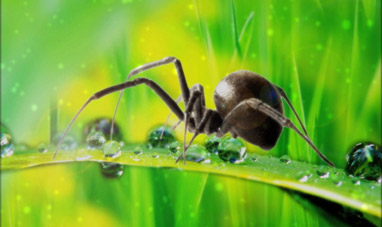

BLACK WIDOW SPIDER


THE PRAYING MANTIS


PENGUIN
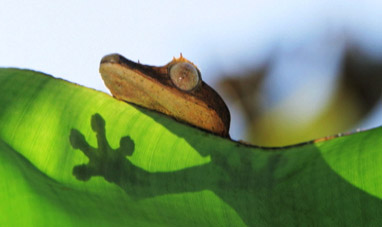

GECKO


THE RESPIRATORY SYSTEM


SKIN


DESERTS
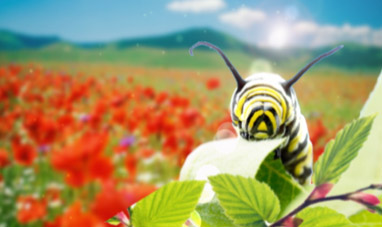

CATERPILLAR


TARANTULA


SUPERNOVAS


CLOUD COMPUTING


METEORS
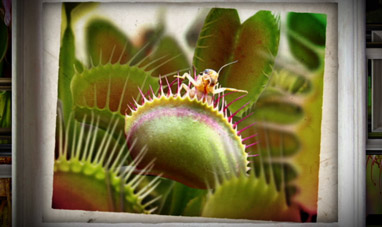

CARNIVOROUS PLANTS


BEAR


SHEEP
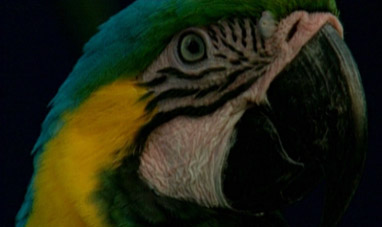

PARROTT
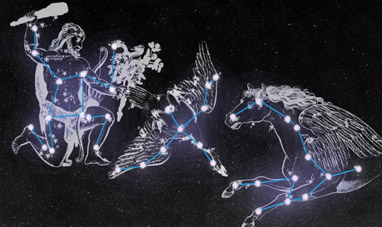

CONSTELLATIONS


CHARLES DARWIN


SCORPION


THE MOON


FLEA


LOTUS PLANT
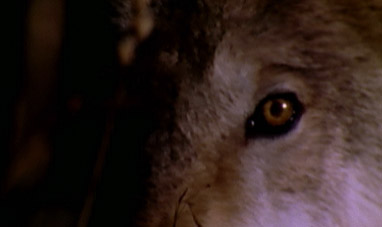

WOLF


AIDS


H2O


SALMON


EOLIC


NOVAE


METEORITES
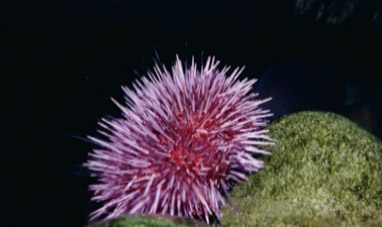

SEA URCHIN
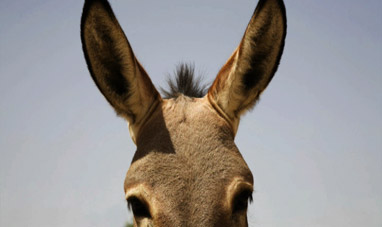

DONKEY
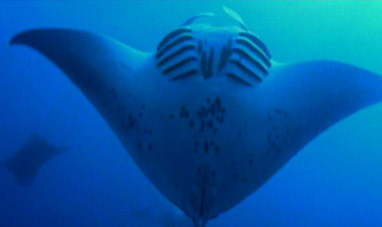

MANTA RAY


CITRUS FRUIT


MARS
